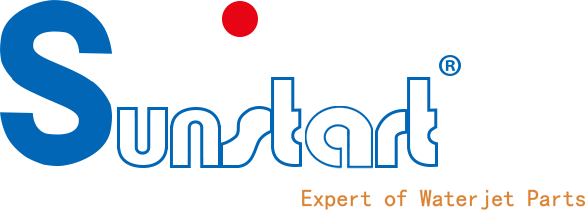Waterjet cutting machines are versatile tools used in various industries for precision cutting of a wide range of materials using a high-pressure jet of water or a mixture of water and abrasive particles. Here's a brief overview:
-
1.Working Principle: Waterjet cutting machines utilize a high-pressure pump to pressurize water, which is then forced through a small orifice to create a narrow, high-velocity jet. In abrasive waterjet cutting, abrasive particles (such as garnet) may be mixed with the water to increase cutting efficiency.
-
2.Materials Cut: Waterjet cutting machines can cut through virtually any material, including metals (such as steel, aluminum, and titanium), stone, glass, ceramics, composites, plastics, rubber, foam, and more. They are especially suitable for materials that are sensitive to heat, such as plastics and composites, as the cutting process produces minimal heat-affected zones.
-
3.Accuracy and Precision: Waterjet cutting machines offer high precision and accuracy, typically with tolerances ranging from ±0.005 inches to ±0.030 inches, depending on the specific machine and cutting parameters. This makes them suitable for applications requiring intricate shapes, tight tolerances, and fine details.
-
4.Advantages: Some advantages of waterjet cutting include the ability to cut without generating heat, no need for tool changes (as with traditional machining methods), minimal material waste, and the ability to cut a wide range of materials with a single setup.
-
5.Applications: Waterjet cutting machines find applications in various industries, including aerospace, automotive, manufacturing, architecture, construction, electronics, medical device fabrication, and artistic design. They are used for cutting parts, components, prototypes, signage, decorative elements, and more.
-
6.Types of Waterjet Cutting Machines: There are different types of waterjet cutting machines, including pure waterjet machines (for cutting soft materials like rubber, foam, and textiles) and abrasive waterjet machines (for cutting hard materials like metals and stone). Machines may vary in size, power, cutting area, and features.
Waterjet cutting machines offer versatility, precision, and efficiency, making them valuable tools for a wide range of cutting applications across industries.



